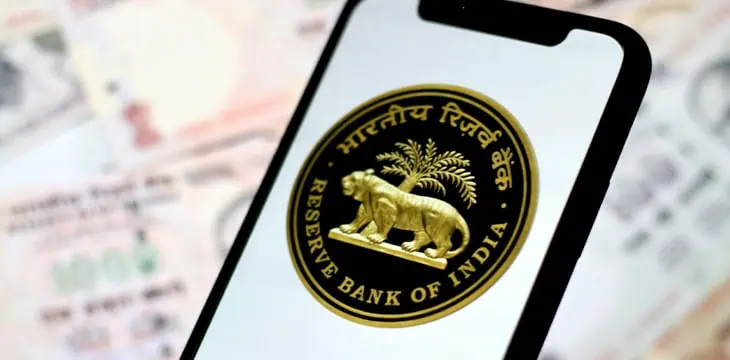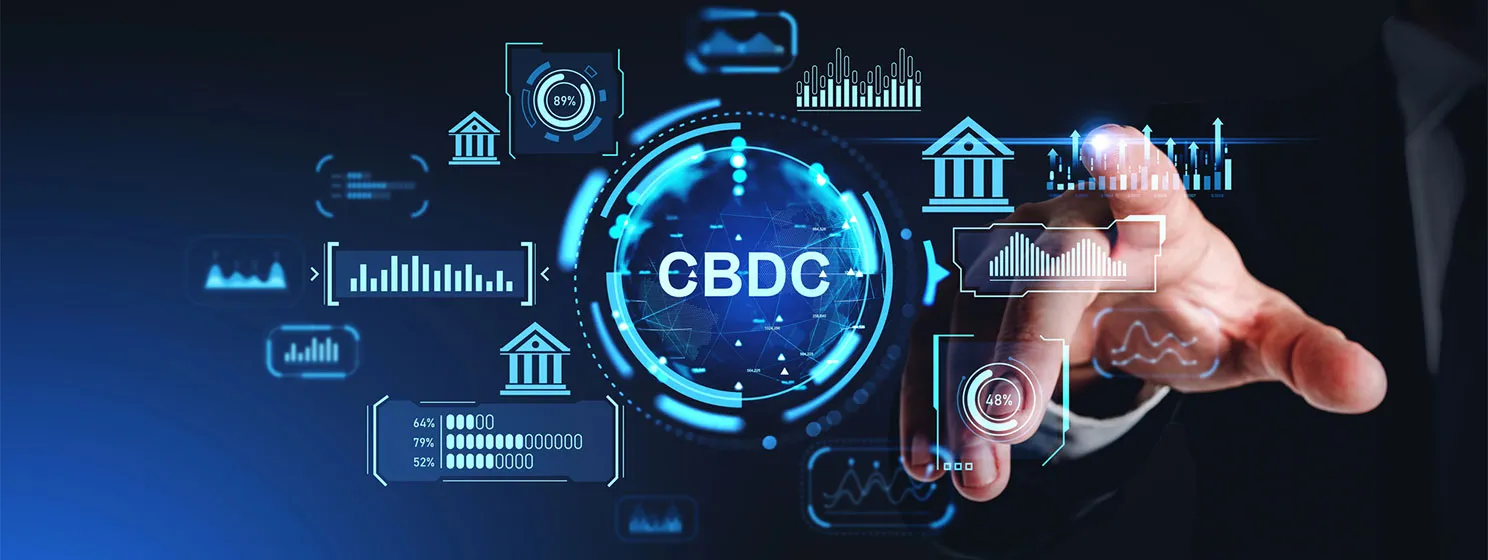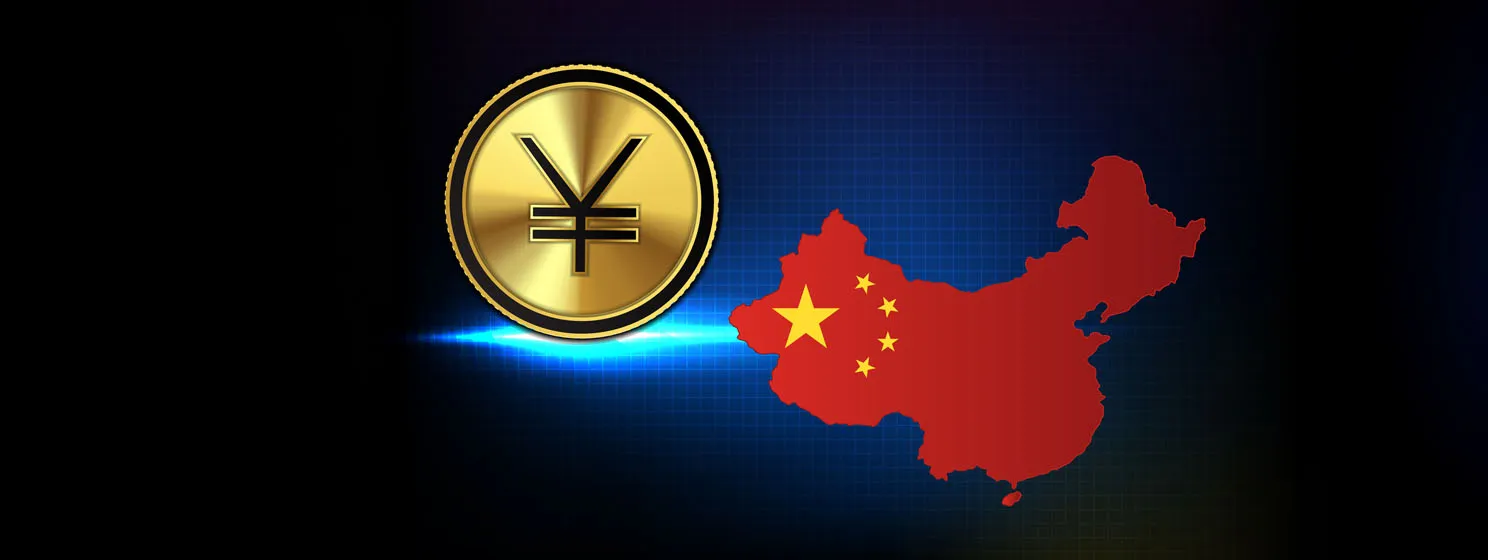|
Getting your Trinity Audio player ready...
|
The Reserve Bank of India (RBI) plans to introduce a facility of ‘delegated payments’ in the Unified Payments Interface (UPI) to boost digital payments in the country. The initiative will allow multiple users to make transactions from a single primary bank account up to a limit.
“It is proposed to introduce a facility of “delegated payments” in UPI. This would enable an individual (primary user) to allow another individual (secondary user) to make UPI transactions up to a limit from the primary user’s bank account without the need for the secondary user to have a separate bank account linked to UPI,” RBI’s Governor Shaktikanta Das said. He was speaking after the 50th meeting of the Monetary Policy Committee.
“This will further deepen the reach and usage of digital payments,” Das added.
The world’s fastest-growing major economy introduced UPI in 2016, which enables instant money transfers using mobile phones and works as a single mobile application for accessing different bank accounts. So far, it has expanded to Paris, Qatar, UAE, Peru, Mauritius, Sri Lanka, Singapore, France, Bhutan, and Nepal, processing nearly 14 billion monthly transactions.
India’s digital payments increased by 12.6% this year, indicating the South Asian nation’s growing popularity for digital payments and adoption of new methods for financial transactions. India’s digital payments rose to 445.50 as of March 2024, compared to 395.57 in March 2023, according to the Reserve Bank of India’s Digital Payments Index (RBI-DPI), which measures the penetration of digital payments in India.
According to a survey by consulting firm Kearney, in association with Amazon Pay (NASDAQ: AMZN), digital modes of payment account for about 69% of total transaction volumes for Indian merchants, with street vendors such as fruit and flower sellers, food stalls and small stores joining the digital payment revolution. On average, these vendors receive almost half of their payments digitally.
The survey noted that the Unified Payments Interface (UPI) has been a critical driver of this growth, demonstrating a compound annual growth rate (CAGR) of 138% in its volumes from fiscal year 2018-2024.
“In line with India’s digital journey, retail digital payments have grown dramatically over the past five years—from $300 billion in FY18 to $3.6 trillion in FY24. By FY30, it’s likely to double to US$7 trillion,” the survey said.
Higher transaction limit for tax payments using UPI
RBI also plans to increase the per transaction limit under UPI from $1,191 (Rs 1 lakh) to $5,955 (Rs 5 lakh). This initiative is expected to ease consumers’ tax payments through UPI.
“Currently, the transaction limit for UPI is ₹1 lakh except for certain [categories] of payments which have higher transaction limits,” Das said.
“It has now been decided to enhance the limit for tax payments through UPI from ₹1 lakh to ₹5 lakh per transaction. This will further ease tax payments by consumers through UPI,” Das added.
India’s income tax department allows consumers to make tax payments through UPI, credit cards, debit cards, and internet banking.
Watch: India posed to become leaders in Web3

 07-29-2025
07-29-2025 





